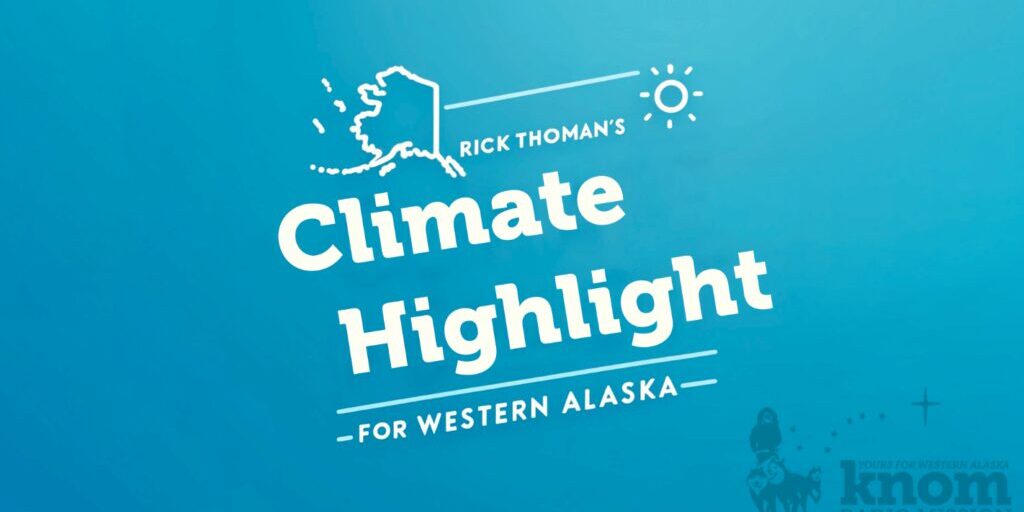The following is a transcript from Rick Thoman’s weekly “Climate Highlight for Western Alaska” provided to KNOM Radio. Thoman is a Climate Specialist with the Alaska Center for Climate Assessment and Policy at the University of Alaska Fairbanks.
Spring 2024 in Nome saw far above normal precipitation, but only slightly above normal temperatures. The March through May precipitation, that is the melted snow plus what little rain fell, totaled just under four inches. This is the eighth highest spring total precipitation in the past century, but remarkably was lower than spring 2020 or 2021.
The three month average temperature was 23.7 degrees, that’s about half a degree above the long term normal. And of course, that’s much milder than spring 2023.
While all of the region had above normal precipitation, it was a different story temperature-wise in the Bering Strait and St. Lawrence Island, where this spring like last spring was actually cooler than the recent years’ normal.
Sea ice in the Bering Sea reached its annual maximum on March 19, but then decreased even more quickly than usual in May, with the shorefast ice in Nome breaking away on the evening of May 27.




